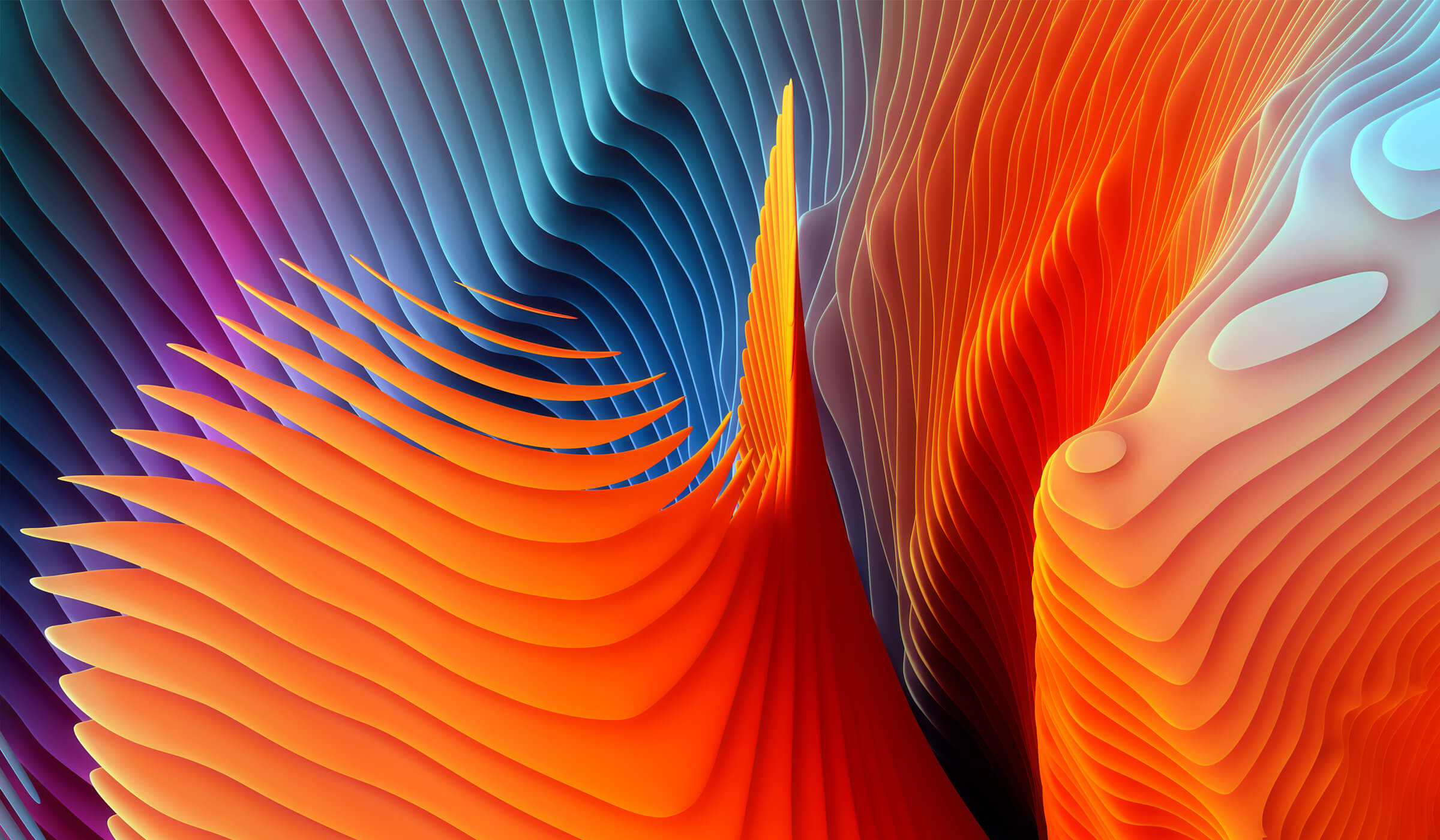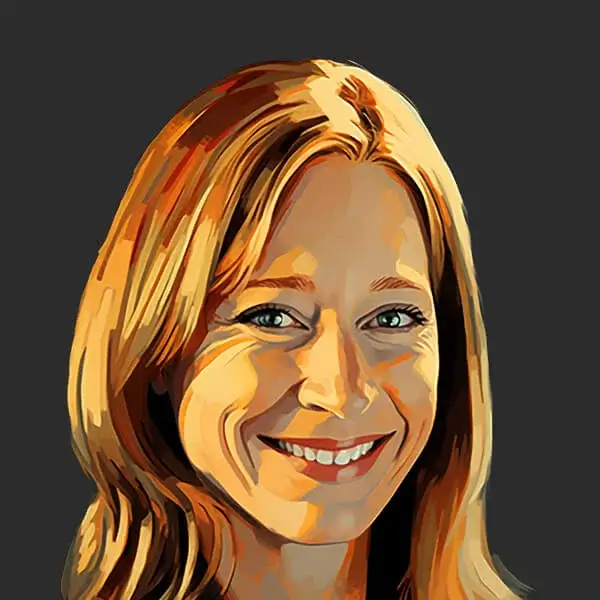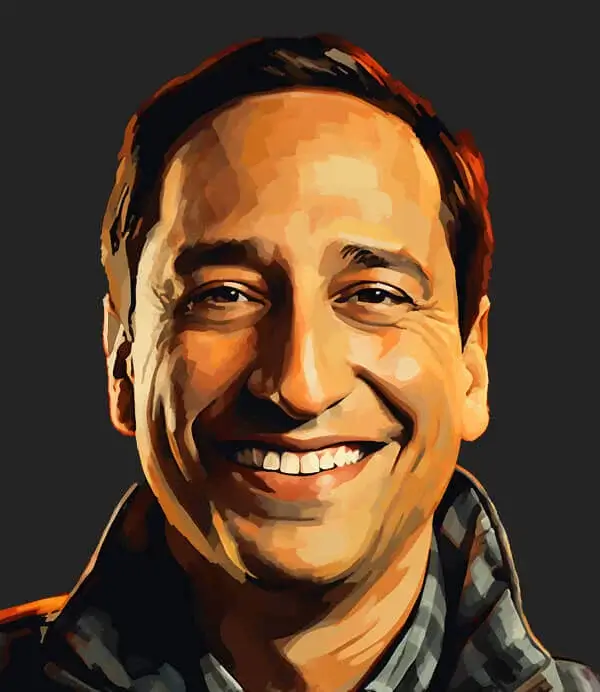A Father & Son Story
My family lived in Sardinia for a few years when I was quite young, and I befriended Gilda, a local 60-year-old artist who was a delightful, happy, enigmatic soul and she taught me to look at the world through my own unique lens. That relationship set my creative journey forth and I am still very much on that path today. Later in life, when I told my father that I wanted to go to art school, he was not all that surprised, as I was the “different” son anyway. As a kid, I was always outside, even when I was in a classroom, my eyes always gravitated to the windows, wishing I was out there instead of being cooped up in a room full of single file desks and walls that felt like they were constantly closing in on me.
My dad was concerned, however, about how the hell I was going to make a living and he often reminded me of his concern. In the early years after graduating, my focus was predominantly production-minded, as there was no such thing as the Internet back then. Yet, technological innovation was everywhere, and, with a little pioneering spirit, I began introducing more efficient practices using that emerging technology into the agencies where I was working. Converting analog assets into digital files for easier revisions, instituting electronic routings, and tracking job codes and resource management through a common database. These were all a type of “looking out the window” moments for me and I was able to not only provide better workflow but to create opportunities for myself.
A few quantum leaps
As I moved through my career on a traditional agency track – Designer, Art Director, ACD, etc., I also made a career move that some might consider off-track. As computers entered the workplace in the 90s, suddenly every agency wanted to hire creatives with “Mac experience”, but no one wanted to train them, so anyone without experience was facing an immediate deficit. So, I decided to follow a friend’s tip and joined a company that provided digital solutions to agencies. I figured this would be a great opportunity to learn and re-enter the agency world with all this great “Mac experience” employers were looking for.
That decision led to an incredible ride, at an incredible time, with incredible people and I will never forget the experience. Technology was making leaps and bounds every day. I think we have become so accustomed to the rapid speed of technology and connectivity, it’s easy to forget that Apple didn’t even get into the smartphone business until 2007 and iTunes began in an MP3-based world that has evolved into the backbone of a digital distribution model for the entire company.
Becoming untethered
We live in an even more incredible time now when such quantum leaps in technology fold over in weeks rather than months or years. We are becoming increasingly untethered and we are using all of these ubiquitous devices in ways never imagined. Beginning a task on one device, completing it on another; slinging things from our phones to our televisions, all the while, perhaps not admiring just how cool it is to be doing so. Maybe we should all take a moment to admire just how quickly this is all happening. In such an accelerated world of technology, I’m very excited for the world, as we are on the threshold of widening our conversations, connecting our ideas and health in ways never before imagined.
In as much as NEST connects the creature comforts of our home to our smartphones, so will wearable media and cloud-based connectivity unite our daily habits and broader data. I know that many people have their reservations about being “chipped”, but those bracelets will eventually disappear just as phone and Ethernet jacks are slowly disappearing from homes and office walls. What will begin to coalesce like never before will be the introduction of micro-technology. I’m not necessarily talking about nanobots or re-engineering viruses to fight disease, (Although those milestones all equally as cool), I’m talking about wearable media as in a shirt or other garments that are talking to devices in ways that don’t just measure arm swings or sleeping habits, but your very vital statistics. These advantages can apply to your holistic health, should you be relatively healthy and athletic, but it means much more than that when you look at the need to monitor patients on therapy or in a post-procedure situation.
Who knew?
Well, my dad certainly had a few ideas about what was on the horizon. Back in the 80s, my father was newly retired from the Navy’s Nuclear Division and employed by GE. If you’ll indulge me, let’s go back in time for a moment, back to the night I graduated from art school. My father hung out with me and my brothers all night and told us that someday, everyone would be walking around with a single device that you could manage your banking on, make calls from, and directly engage with your home or car. We, of course, thought that maybe he’d had too much to drink, seeing as that was in 1987, and computers weren’t even commonplace in offices, let alone in households. The guy that was worried about whether I’d be able to eke out a living was, whether he knew it or not, helping to pave the way for me to succeed not only in my creative career, but to bravely face a tidal wave of technology and embrace it. Thanks for that, dad.
Who knows?
With the rise of IoT, AI, AR/VR, etc. we need to reimagine our audiences and the touch points at which they might engage with the brands we serve. Although we can’t possess all the predictive models, algorithms or get our hands on a crystal ball, we might consider looking to other disciplines and the light they can potentially shine on the future. If a Nuclear Engineer can have a cool conversation with his artsy fartsy son about ubiquitous technology of the future, surely we can embrace some outside assistance to solve our brand challenges.


